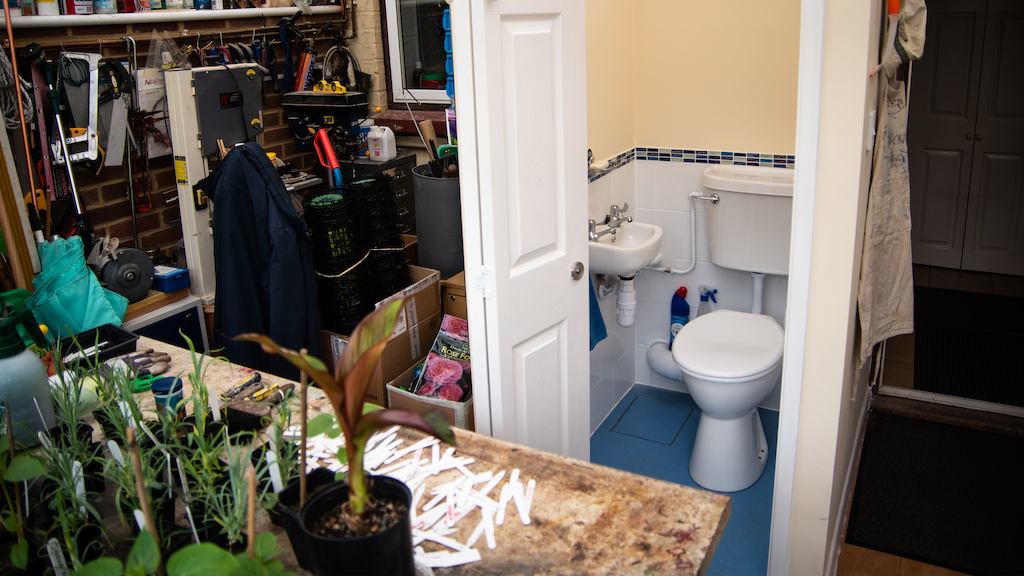Many of our familiar brands face a post pandemic threat that what they make may no longer be needed or desired in this new world – only the most agile companies that are able to adapt to changing customer needs will thrive. As we re-pivot the industrial strategy, any support given must be conditional upon the value it brings. The government cannot afford to prop up struggling companies that are no longer relevant.
Consequently, industry will likely significantly diversify their products as what customers want and need may be very different from last year’s plans. Unfortunately, we are not yet seeing this marketplace transform and change rapidly enough. There is an understanding that years of austerity has reduced the ability to offer a great start in life and subsequently to age as independently and positively as possible. We expect something better and given the scale of the crisis, for that to be here fast. Policy makers, captains of industry, SMEs, workers and carers must collectively shape this response.
Helping people stay healthy and financially secure matters to governments, to society at large and, especially post COVID-19, to our economy and place in a globalised world. The devastating effect the pandemic has had on the most vulnerable worldwide, reframes this as a matter of social as well as economic need. The question governments, industry and innovators need to rapidly address is how we use this crisis to work with people to intelligently and iteratively design solutions that can be sold in the global economy. Companies need to invest in people across all life stages to enable them to contribute economically and socially to our society. Moving from a model where products that have been developed for the fit and healthy are adapted for older users to one that understands and drives radical design and change. Generating new ideas and fit for purpose solutions across the life course that allow greater independence and contributions to society by all.
In many ways the news is good. We know the UK has the intellectual and innovation firepower to stimulate healthy ageing markets worldwide. Wouldn’t it be great if in the next hundred years we are known as the global leader in health and wellbeing? Exporting fabulously well-designed great value ideas, products and solutions that are desirable and usable by those that most benefit from them. Moving from a deficit to an asset-based model of ageing as we do so.

